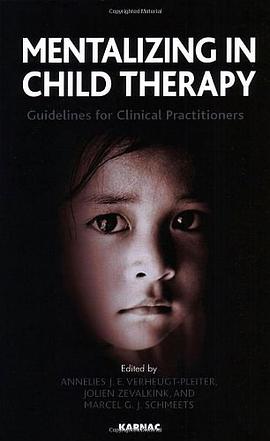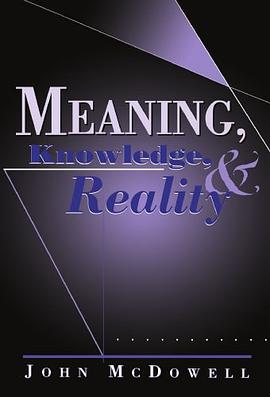

具体描述
Psychoanalysis has always been a developing field. For the treatment of children whose development has come to a standstill, mentalization-based child therapy-previously known as developmental therapy-is the latest branch on this tree of knowledge. A combination of data from psychoanalysis, infant research, attachment research and neurobiology was of decisive significance in reaching this point. It is becoming clear that neurobiological processes can very well be understood on the basis of psychoanalytic frameworks. These new insights into people's mental functioning also serve to foster collaboration, resulting in an integration of the more relationship-oriented treatments and the more competence-oriented treatments. This book will fill a growing need in mental health care for children and young people: integrated treatment, that is, using several different modes of treatment at the same time when the problems are complex. Treating complex problems in children with new psychoanalytic techniques is expected to add a new dimension to the practice of treatment, one that is interesting to cognitive behavioral therapists and psychoanalytically schooled psychotherapists alike. One step further, mental health care for children and adolescents may well draw benefits from the achievements of psychoanalysis, thus embedding psychoanalysis more firmly in the field of mental health care. To achieve this, not only will the various forms of psychotherapy need to be integrated, but the therapists as well.
作者简介
目录信息
读后感
评分
评分
评分
评分
用户评价
相关图书
本站所有内容均为互联网搜索引擎提供的公开搜索信息,本站不存储任何数据与内容,任何内容与数据均与本站无关,如有需要请联系相关搜索引擎包括但不限于百度,google,bing,sogou 等
© 2026 book.wenda123.org All Rights Reserved. 图书目录大全 版权所有




















